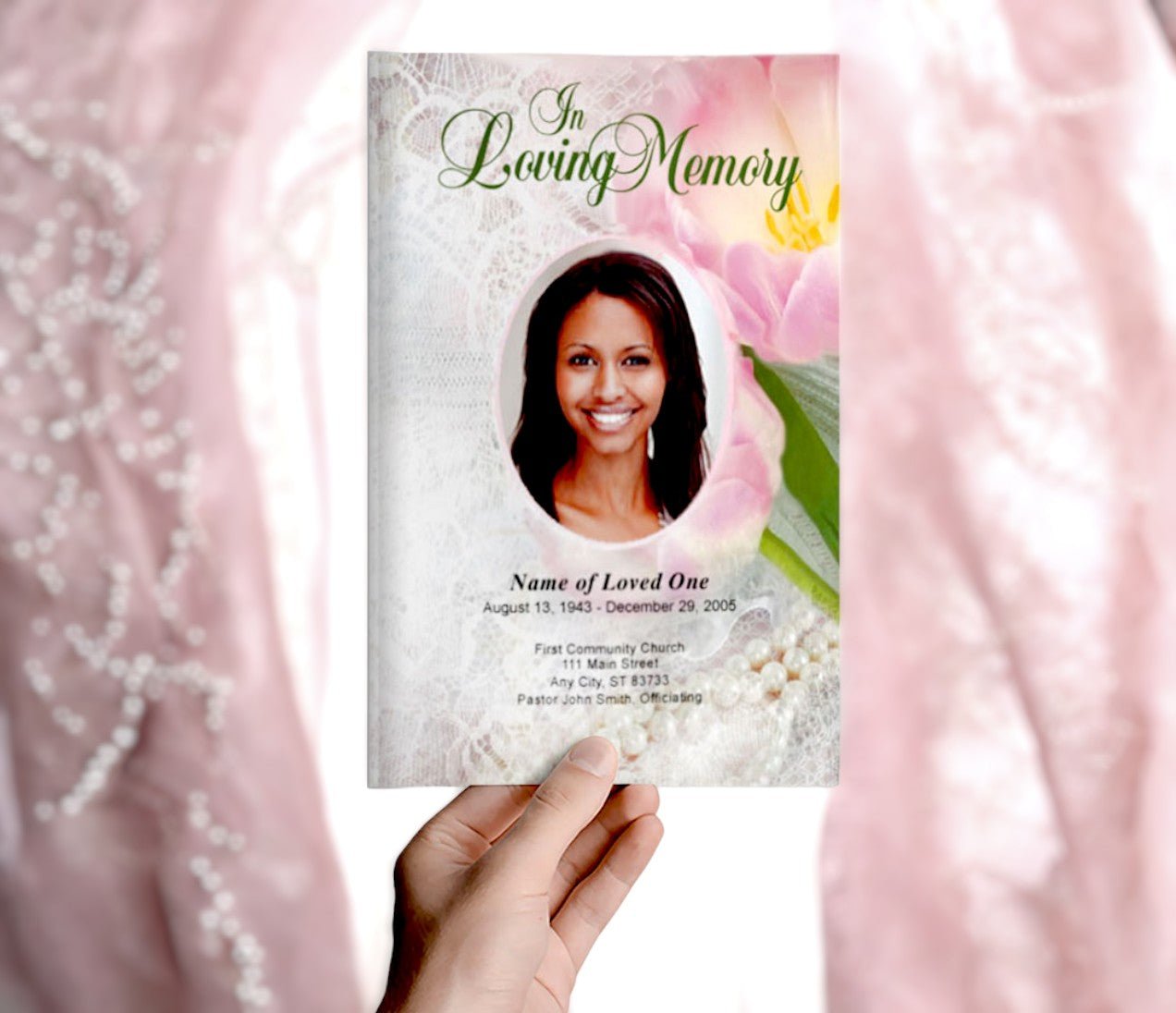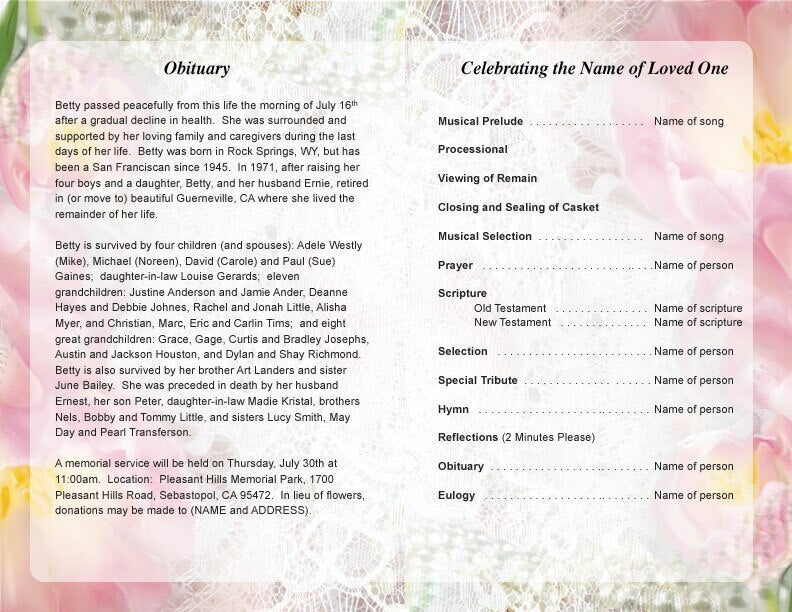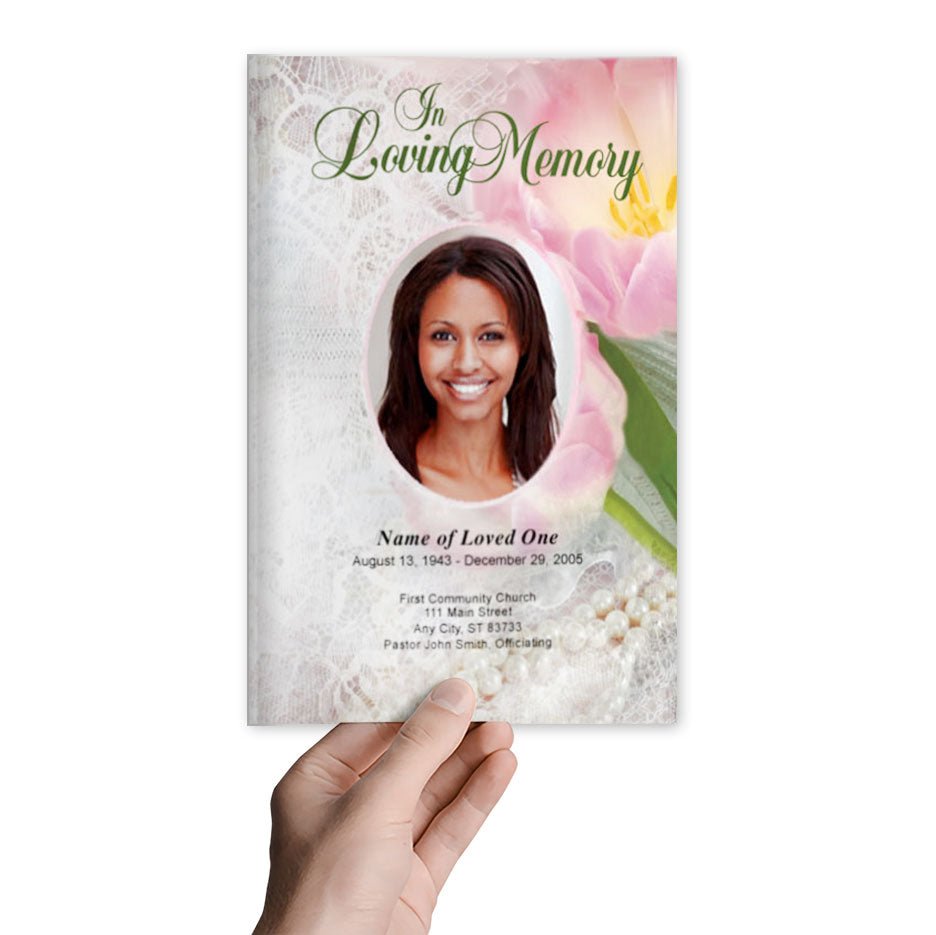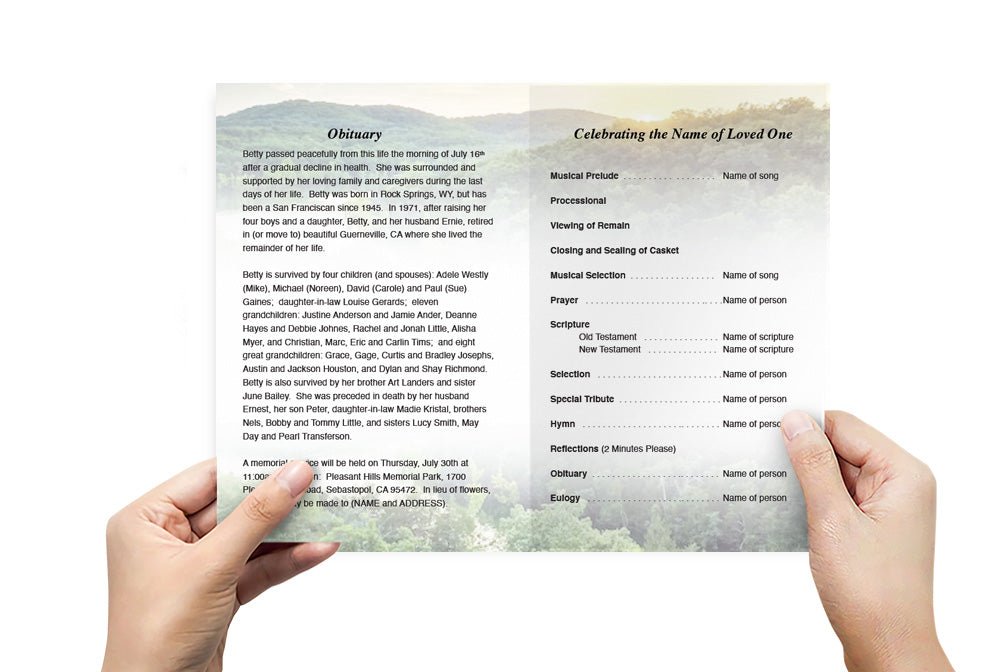What Are The Essential Elements To Include In A Funeral Program?

Introduction to Funeral Program Essentials
A funeral program serves as a guide for the service and a keepsake for mourners, offering a final tribute to the deceased. Its content and design should reflect the life and personality of the person being remembered, providing comfort and closure to those grieving. Here, we explore the critical elements that should be included in every funeral program to ensure it is both informative and meaningful.
Key Components of a Funeral Program
1. Cover Design
The cover of the funeral program is the first thing attendees will see, so it should be thoughtfully designed. It typically includes:
- Name of the Deceased: Full name along with nicknames or titles if applicable.
- Dates: Birth and death dates.
- A Photograph: A recent or favorite photo that captures the essence of the deceased.
- A Short Tribute: A quote, scripture, or a few words that were significant to the deceased or the family.
2. Order of Service
This section outlines the sequence of the event and is central to the program. It should include:
- Musical Prelude: Music played as attendees arrive.
- Introduction: Welcoming words from the officiant.
- Readings: List of scriptures or poems and the names of those who will read them.
- Eulogies: Names of individuals who will be speaking about the deceased.
- Music Performances: Details of any special music or hymns.
- Closing Remarks: Final words by the officiant.
- Benediction: The blessing for the deceased and attendees.
- Postlude: Music to be played as people leave.
3. Personal Touches
To make the program personal and reflective of the deceased’s life, consider including:
- Biography: A brief account of the life of the deceased, highlighting major life events, accomplishments, and personal stories.
- Family Acknowledgements: A section to thank those who have supported the family during their time of grief or contributed to the funeral service.
- Memorial Instructions: Information on where donations, if applicable, should be sent in lieu of flowers.
4. Visual Elements
Visuals play a key role in making the program more engaging and personal:
- Photographs: Include multiple photos in different life stages or important moments.
- Symbols: Consider incorporating symbols that represent significant aspects of the deceased’s life, such as military or religious icons.
5. Additional Information
Finally, you might want to include:
- Obituary: A more detailed narrative of the deceased’s life, accomplishments, family members, and legacy.
- Funeral Location and Time: Details about the service venue and the date and time of the funeral.
- Reception Information: If there is a gathering after the service, include details about the location and time.
Design Tips for Funeral Programs
- Consistency: Maintain a consistent theme and color scheme that reflects the tone of the service.
- Readability: Choose fonts and sizes that are easy to read; this is crucial for ensuring all attendees, including older individuals, can read the program without strain.
- Quality Printing: Opt for high-quality paper and printing options to ensure the program withstands time as a keepsake.
Conclusion: A Thoughtful Tribute Through Careful Planning
A well-crafted funeral program can significantly affect the service's atmosphere, providing solace to grieving friends and family while celebrating the life of the deceased. By including these essential elements, you ensure the program serves as a respectful tribute and a cherished memento of the loved one’s life story.





























